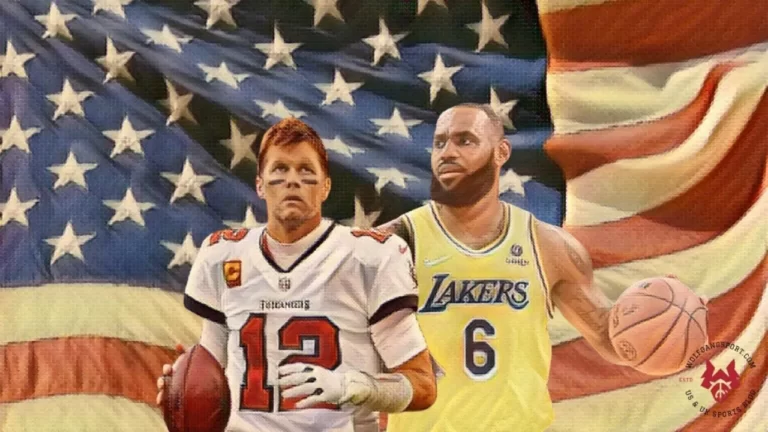Throughout the 2000s, various incidents incited discussions about the potential for goal-line technology in the game. The lack of such technology in association football contrasted with other sports, which had incorporated video replays and other systems into their rules. In July 2011, Football’s governing body, the Fédération Internationale de Football Association (FIFA), officially started testing different types of goal-line technology software such as Hawkeye, GoalRef, and Goalminder to implement the usage of Goal Line technology.
What exactly is Goal-line technology?
In simple terms, it is the use of electronic aid to determine whether a goal has been scored or not. The GDS (Goal Decision System) is used to identify when the ball has crossed the goal line between the goal posts and below the crossbar with the assistance of electronic devices while assisting the referee in awarding a goal or not.

The 2012 FIFA Club World Cup was the first tournament where a match referee used GoalRef. Hawk-Eye goal-line technology was first used in Eastleigh F.C. vs A.F.C. Totton in the Hampshire Senior Cup final at St Mary’s Stadium, Southampton in England.
Due to the expense of goal-line technology systems, the technology is only currently used at the very top levels of the game. In domestic competition, goal-line technology is used in 4 of the 5 major European leagues: Serie A, German Bundesliga, Premier League, Ligue 1 with the exception of Spanish LaLiga
While goal-line technology deals with matters of facts, the Video Assistant Referee (VAR), is a match official in football who reviews decisions made by the referee. Operating under the philosophy of “minimal interference, maximum benefit,” the VAR system seeks to provide a way for “clear and obvious errors” and “serious missed incidents” to be corrected. Where the VAR does identify a possible clear error, there are three possible scenarios –
- Decision overturned on the advice of VAR
- On-field review (OFR) recommended
- Referee chooses to ignore VAR advice
A decision can generally be overturned without an OFR relating to a factual matter.
Google Glass
We’ve seen sports teams and players using Google Glass to help analyze and develop performance, which only looks like a trend that will continue to rise. Maybe we might never see a player allowed to use the device on the pitch, but training it will allow them to prepare for matchdays and perhaps even improve performance based on acquired knowledge.
VR Cameras from different Points of View (POVs), such as a referee’s or player’s POV, might take the stage someday. We already see its presence in other games like Rugby, F1, and Ice Hockey. Fans would love to see their favorite player’s POV and watch the game through their lenses.

Apart from the cost factor of including such technology in football, which will be heavy, one could argue that the essence of the human touch is decreasing. The unpredictability and mystery of the sport are what make it interesting. With tech reducing the errors and minimizing such risks, the game might become easier to predict.
While the influence of tech is necessary going forward, do you think it is needed?
Let us know your thoughts in the comments below!
#Vilayinsights




